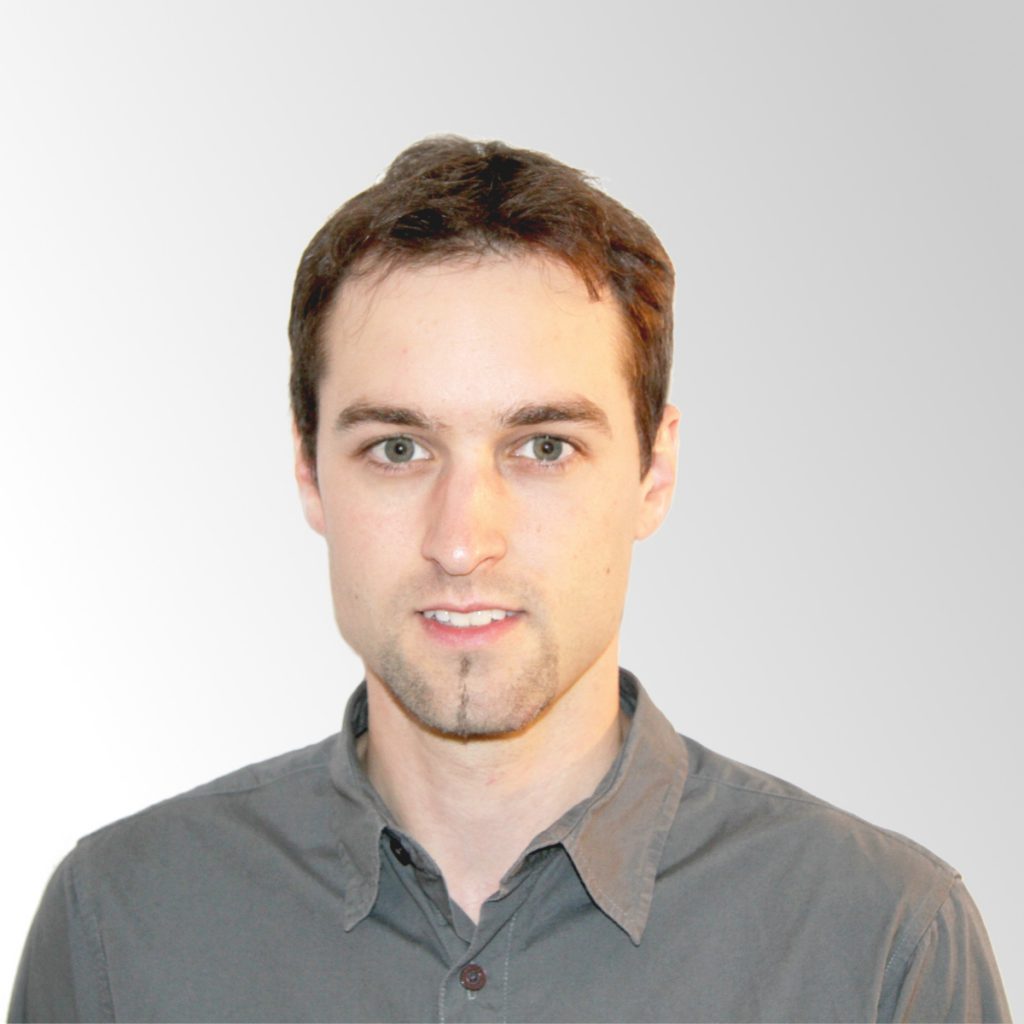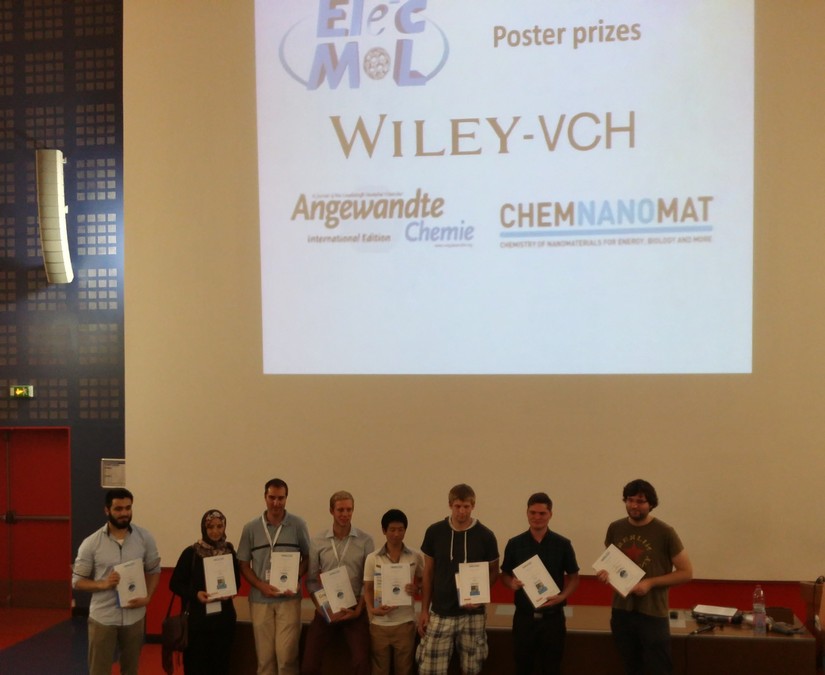Congratulations to Ralph Stoop and Michele Sessolo. Their paper on “Charge noise in organic electrochemical transistors” will appear in Phys. Rev. Applied.
Abstract
Organic electrochemical transistors (OECTs) are increasingly studied as transducers in sensing applications. While much emphasis has been placed on analyzing and maximizing the OECT signal, noise has been mostly ignored, although it determines the resolution of the sensor. The major contribution to the noise in sensing devices is the 1/f noise, dominant at low frequency. In this work, we demonstrate that the 1/f noise in OECTs follows a charge-noise model, which reveals that the noise is due to charge fuctuations in proximity or within the bulk of the channel material. We present the noise scaling behavior with gate voltage, channel dimensions and polymer thickness. Our results suggest the use of large area channels in order to maximize the signal-to-noise-ratio
(SNR) for biochemical and electrostatic sensing applications. Comparison with literature shows that the magnitude of the noise in OECTs is similar to that observed in graphene transistors, and only slightly higher compared to Carbon nanotubes and Silicon nanowire devices. In a model ion-sensing experiment with OECTs, we estimate crucial parameters such as the characteristic SNR and corresponding limit of detection.

Charge Noise in Organic Electrochemical Transistors
Ralph L. Stoop, Kishan Thodkar, Michele Sessolo and Henk Bolink, Christian Schonenberger and Michel Calame
to appear in Phys. Rev. Applied






 We’re happy to welcome Maria back from Netherlands!
We’re happy to welcome Maria back from Netherlands!  We are happy to welcome Yves Mermoud who will join the group on October. 1st. Yves will work on
We are happy to welcome Yves Mermoud who will join the group on October. 1st. Yves will work on 
 We systematically investigate the impact of granularity in CVD graphene films by performing Raman mapping and electrical characterization of single (SD) and multi domain (MD) graphene. In order to elucidate the quality of the graphene film, we study its regional variations using large area Raman mapping and compare the G and 2D peak positions of as-transferred Chemical Vapor Deposited (CVD) graphene on SiO
We systematically investigate the impact of granularity in CVD graphene films by performing Raman mapping and electrical characterization of single (SD) and multi domain (MD) graphene. In order to elucidate the quality of the graphene film, we study its regional variations using large area Raman mapping and compare the G and 2D peak positions of as-transferred Chemical Vapor Deposited (CVD) graphene on SiO
